Mary MacKillop, an Example of Compassion
July 8, 2021
More than ever the poor of this world, as well as the rich and famous, suffer from a hunger of some kind.
The words and actions of Jesus, often accompanied by miraculous results, are signposts for our Christian lives.
The recent biblical reading of the story of the raising of the daughter of Jairus opens up a deeply human Jesus who tells the family to give her something to eat. (Luke 8: 55)
To Love Like Mary MacKillop, Love the Poor
June 7, 2021
Mary MacKillop, a strong woman of deep compassion, had a real love for the poor. Her love of God led her to reach out to the most deprived and despised in the colony in her time. Joan Healy rsj wonderfully describes this phenomenon:
God’s Spirit wove the threads of her circumstances into a spiritual fabric resilient enough for her tumultuous times and ours. It is spirituality tough and tender, simple and practical, grounded and mystical. It led Mary to seek and serve God at the margins of Australian society, where poor people struggled in the remote outback and sordid slums of the rapidly growing cities.1
Mary’s greatest concern was for the marginalized in society. Her deep care led her and the early sisters to set up places for older women, especially those who were frail. She demonstrated support for young women recently released from prison by giving them shelter and set up an orphanage for the neglected children.
Mary and Flora MacKillop
May 9, 2021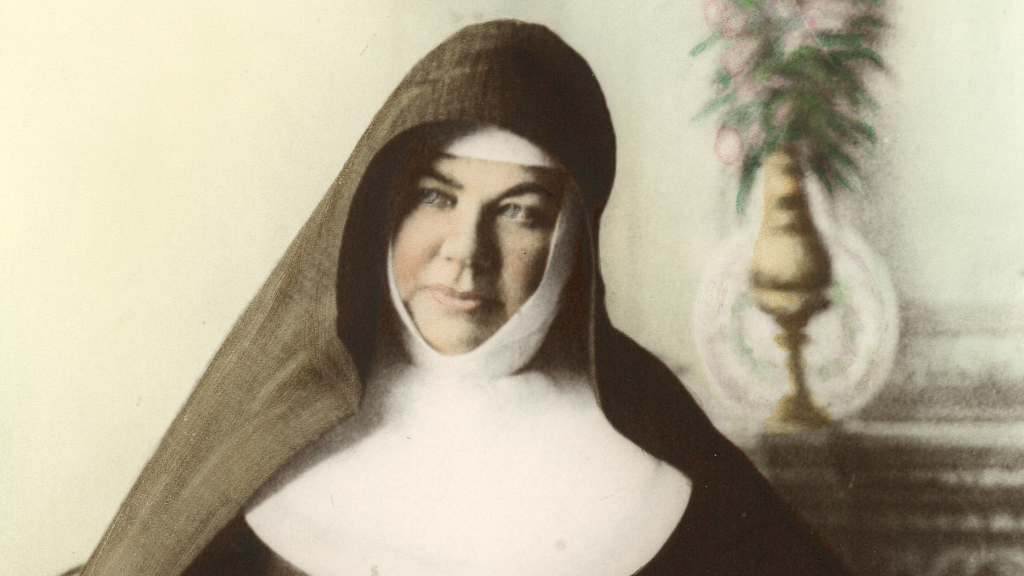
A mother’s love is epitomized by sacrifice, self-giving, nurturing, shaping and supporting.
Mothers rejoice in the creation of a child and enjoy the happiness of family life.
Flora MacKillop was an exceptional mother to her children, despite shouldering many of the burdens of the family alone.
Flora – A Woman of Faith
April 17, 2021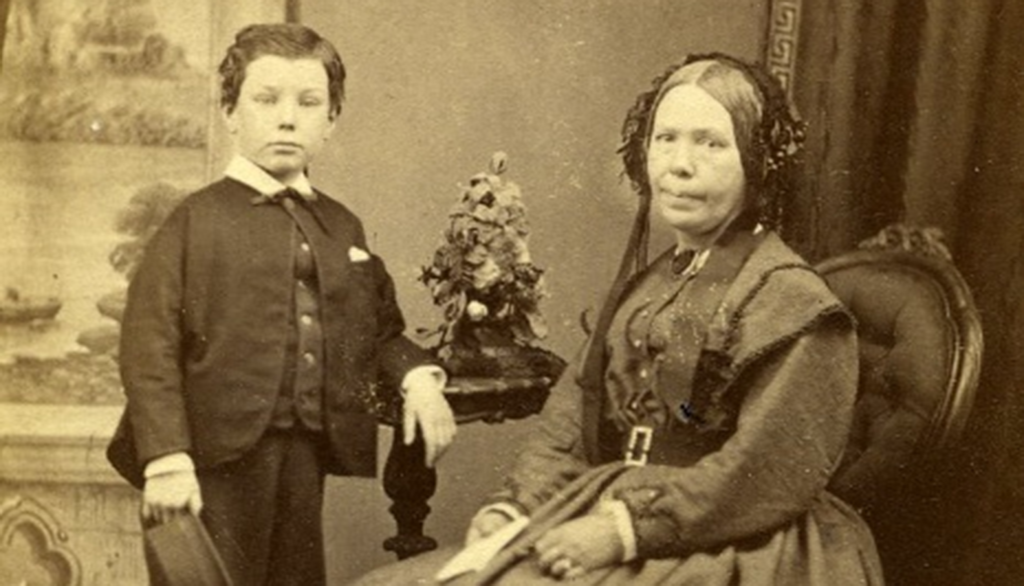
Their voyage was marred by tragedy, for Alexander aged 28 years, fell overboard during a fit of delirium brought on by an attack of typhoid fever. They eventually arrived in Melbourne in April 1840; however the sorrowing family had to spend two months in quarantine.
Reflection on Mary MacKillop
April 8, 2021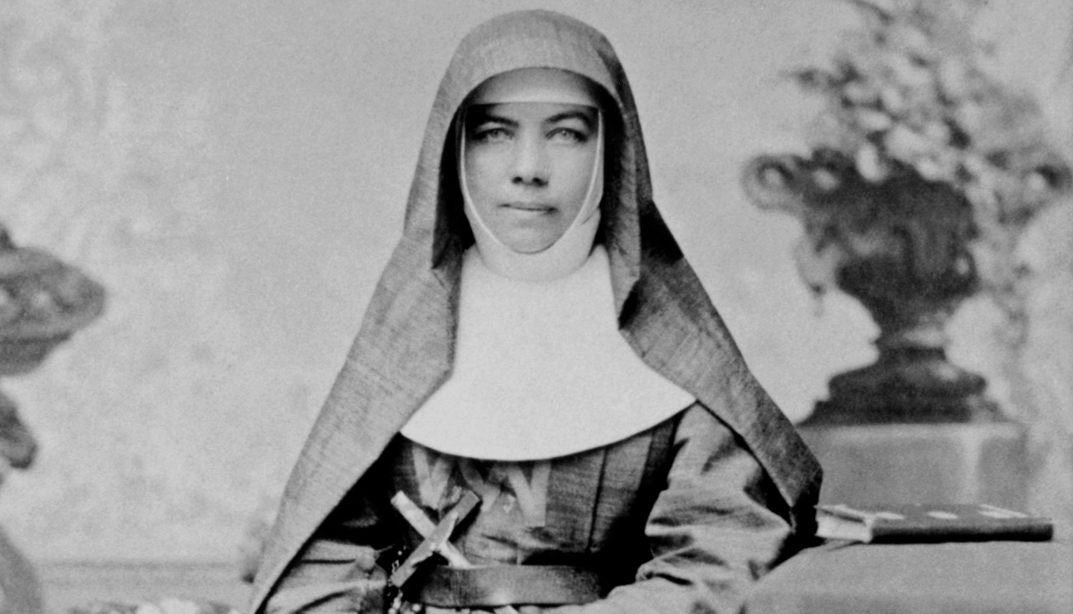
Strong women are rising up and making their voices heard in the workplace, in society and in the home.
The Australian of the Year, Grace Tame at a recent march for justice, implored women to be united in stamping out patriarchy. She boldly reminded us that allowing to let fear stop us from doing anything enables evil to thrive in silence.
Reflection on Mary MacKillop
March 8, 2021Reflecting on Mary MacKillop’s eventful life there is a realisation that she lived a type of nomadic existence.
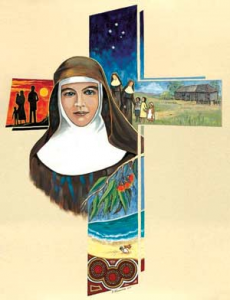 Her grounded spiritual approach to life enabled her to travel to establish new foundations and to meet the needs of the sisters and the needs of the times. Her journeys took her to many parts of the continent by many means of transport. As a woman of this era she imbibed a remarkable knowledge of the land and the conditions that ordinary Australians endured.
Her grounded spiritual approach to life enabled her to travel to establish new foundations and to meet the needs of the sisters and the needs of the times. Her journeys took her to many parts of the continent by many means of transport. As a woman of this era she imbibed a remarkable knowledge of the land and the conditions that ordinary Australians endured.
Her journeys were always taken in the spirit of Joseph. Joseph experienced many journeys into the unknown. We think of his life as being hidden and silent, yet he was a strong man of his time seeped in faith and spirituality as he protectively and courageously took on this special role. We are grateful for his witness of the Incarnation, for ensuring a safe return to Nazareth, for searching for Jesus, for teaching his child and for preparing Jesus for the enormous ministry he was about to embark on. Pope Francis reminds us:
Reflection on Mary MacKillop
February 8, 2021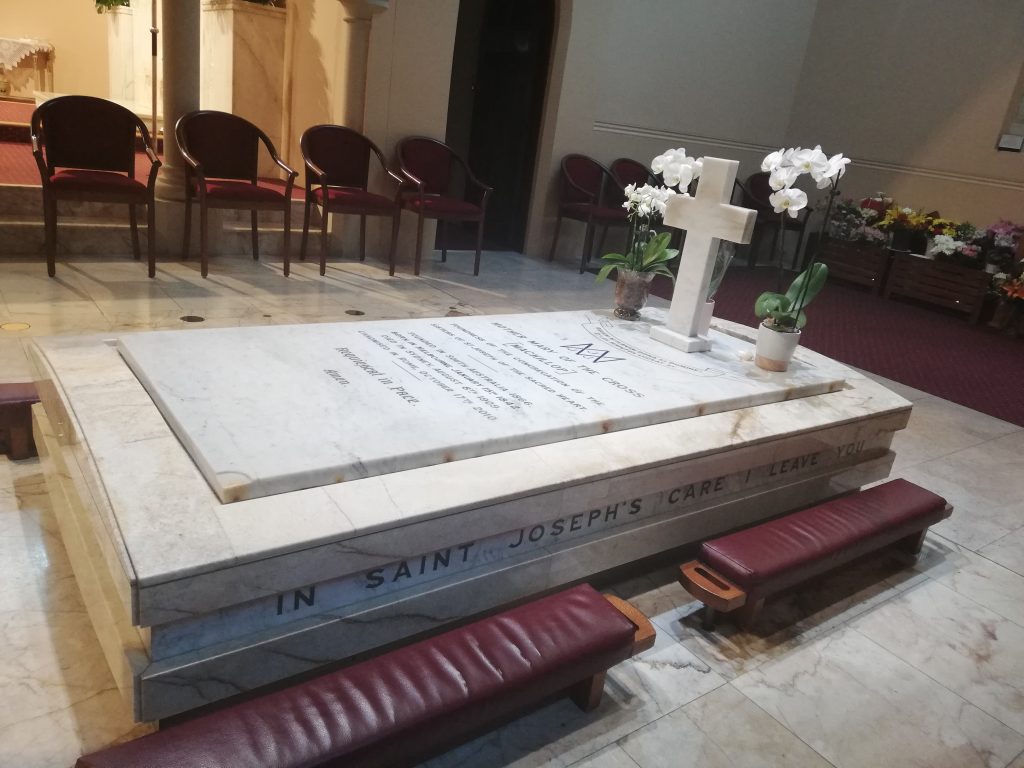
In his Apostolic Letter With a Father’s Heart (Patris Corde) Pope Francis has proclaimed this year as the Year of St Joseph.
In writing, Francis describes St Joseph “as a beloved father, a tender and loving father, an obedient father, an accepting father, a father who is creatively courageous, a working father, a father in the shadows.”
Mary MacKillop must be rejoicing and acclaiming Pope Francis from her Godly surroundings on such a profoundly wise and appropriate declaration of our patron St Joseph!
The Racetrack’s Appeal
January 19, 2021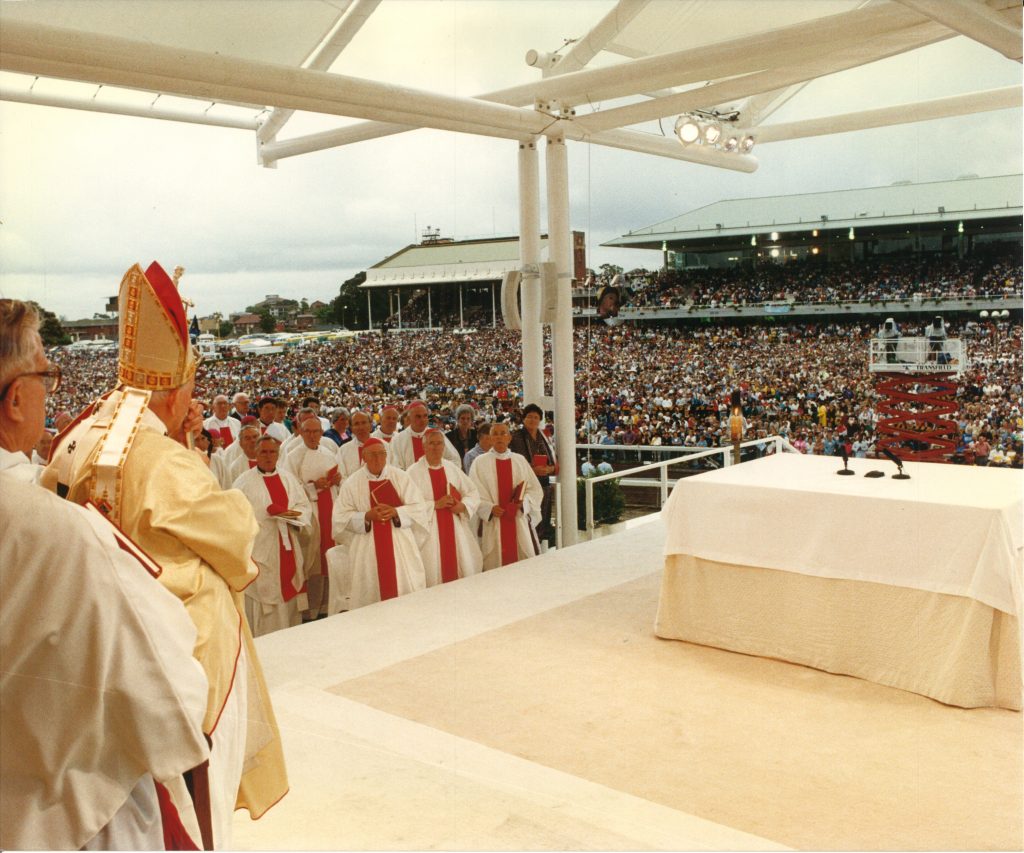
Mary’s Beatification Mass Remembered.
Mary’s Beatification stirred the hearts and minds of all Australians. As a first for this nation, everyone had to learn what beatification was all about. At the time I remember hearing of people talking about Mary’s beautification. That sounded so funny at the time and highlighted the need to understand further what beatification was all about. While there was no need for any further beautification of Mary, beatification gave her the title of Blessed and named and claimed her as a holy one, whose living of the Gospel, provided great inspiration and hope for all Australians and beyond.
